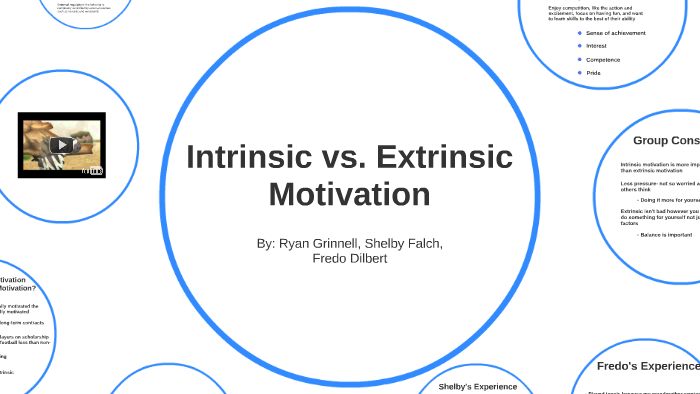

Choosing the best way of fulfilling that purpose.In turn, we found that the self-management process involves four key steps: 3 This is how today’s employees add value-innovating, problem solving and improvising to meet the conditions they encounter to meet customers’ needs. Basically, most of today’s workers are asked to self-manage to a significant degree-to use their intelligence and experience to direct their work activities to accomplish important organizational purposes. To identify these intrinsic rewards, we began by analyzing the nature of today’s work.

However, after people have taken a job and issues of unfairness have been settled, we find that extrinsic rewards are now less important, as day-to-day motivation is more strongly driven by intrinsic rewards. Pay is an important consideration for most workers in accepting a job, and unfair pay can be a strong de-motivator. This work offered workers few intrinsic rewards, so that extrinsic rewards were often the only motivational tools available to organizations.Įxtrinsic rewards remain significant for workers, of course. In contrast, intrinsic rewards are psychological rewards that employees get from doing meaningful work and performing it well.Įxtrinsic rewards played a dominant role in earlier eras, when work was generally more routine and bureaucratic, and when complying with rules and procedures was paramount. They are called “extrinsic” because they are external to the work itself and other people control their size and whether or not they are granted. Extrinsic and intrinsic rewardsĮxtrinsic rewards-usually financial-are the tangible rewards given employees by managers, such as pay raises, bonuses, and benefits. This article will describe the reasons for this increase and why intrinsic rewards are so important today.

2 In doing so, we discovered that intrinsic rewards have become more important and more prevalent in the workplace today. That is why my colleagues and I developed models and strategies of motivation that better reflect the changes in today’s work dynamics.

Most of the motivational models used today were developed in earlier eras, when work and workers were different. Raised during an era of rapid technological change and instant access to data, they respond best to work that is more meaningful, allows them to learn cutting-edge skills, and lets them find their own ways of accomplishing tasks. 1 In addition, younger workers now come to organizations with different expectations than their parents. Over this same 30-year period, the proportion of American workers who say that their work is meaningful, allows them discretion, and makes use of their abilities has more than doubled-from less than one third to about two thirds. Automation and off-shoring have eliminated most of the highly repetitive jobs in the U.S., while global competition has produced flatter, more responsive organizations that require employees to use judgment and initiative to a much greater extent. I have been researching workplace motivation for about 30 years and I’m amazed at how much has changed recently. This author draws upon recent research to explain the popularity of intrinsic rewards and how these rewards can be used to build a high-engagement culture. One of the biggest changes has been the rise in importance of psychic, or intrinsic rewards, and the decline of material or extrinsic rewards. Motivational dynamics have changed dramatically to reflect new work requirements and changed worker expectations.


 0 kommentar(er)
0 kommentar(er)
